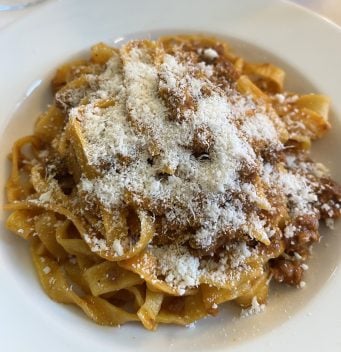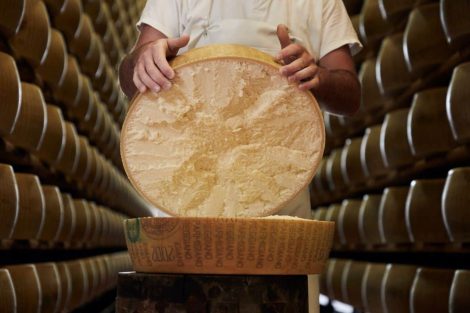From the 2026 harvest onwards, producers will be permitted to label their wines made from the Gamay del Trasimeno variety using the synonym 'Grenache'.
Among the wineries especially eager for this is Madrevite, which was founded around Castiglione del Lago in 2003.
"People think Gamay is only for Beaujolais," explains Chiucchiurlotto. "The Ministry of Agriculture has agreed to change the name because Gamay del Trasimeno comes from a misunderstanding of our area from centuries ago – it's important to help with the communication and storytelling of our wines."
In order to understand why this decision has been taken, it is necessary to take a brief look at the grape's history.
Gamay del Trasimeno takes its name from a historical misidentification. The story, though this may simply be a popular myth, is that the variety was introduced to Umbria by Eleonora Alarcón y Mendoza upon her marriage to the Duke of Corgna in the 17th century, though others claim that it was not planted in Umbria until the 19th. Confused with Gamay, the red grape most commonly associated with the wines of Beaujolais, the misnomer stuck.
It was only with the advent of genetic testing that the Gamay del Trasimeno's true identity was verified – it is, in fact, Grenache, otherwise known as Garnacha in Spain, Cannonau in Sardinia, or Tai Rosso in Veneto.
Even if the grape variety's name is changed on the label, Chiucchiurlotto still sees Gamay del Trasimeno/Grenache as a key part of Madrevite's identity – indeed, the estate's 2023 C'Osa won the distinction of Tre Bicchieri in the newly-launched edition of Vini d'Italia.
"I represent the third generation on my farm. When I started, my idea was to make wine as a blend, because Cabernet Sauvignon, Merlot and Petit Verdot were the most important varieties, but it is not relevant to my history, the roots. We have changed in the last 10 years, developing grapes identified with the region: Grechetto, Trebbiano Spoletino, Grenache. Obviously, my mind is also open to experiments, we have some Syrah because we neighbour Cortona, but we have to go back to our agricultural and gastronomic origins."
Madrevite's Gamay/Grenache plantings can be traced back to Chiucchiurlotto's grandfather, Zino, who grafted cuttings of old vines back in the 1970s.
Fresh approach
For Chiucchiurlotto, facilitating the communication of the wine by changing the grape variety name to one more familiar to global consumers is just one method of modernisation. In a post-Parkerisation world where winemakers are shifting away from the heavy, richer styles favoured by American wine critic Robert Parker, Madrevite is one such winery where 'freshness' and 'lightness' are the key words.
"It's contemporary in the glass - easy, velvety, fine," says Chiucchiurlotto while presenting Madrevite's Opra, which is made from Gamay del Trasimeno. "Burgundy is huge in the UK, that is Pinot Noir – it's not heavy, it's delicate, it's a very balanced wine that is perfect for today's culture at the table."
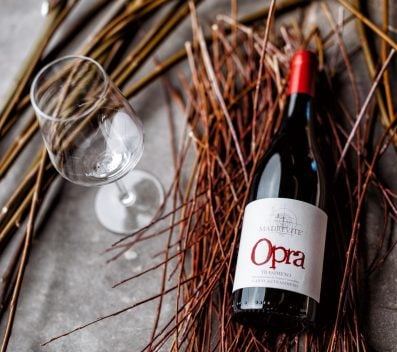
"This wine is perfect is perfect for supporting restaurants – it's a gastronomic wine," he continues. "It's important to drink wine every day, not just on Sundays, and so we have to find a solution to make wine more drinkable and consumer friendly. It's important to listen to the sentiments of cultures around the world – tourism alone is not sufficient to support production, we need to listen and discuss the culture in London, Norway, everywhere."
At present, Madrevite's key international markets are Japan, South Korea, the US, Benelux, Denmark and Germany, with around 20% of the estate's wine production exported.
However, although Chiucchiurlotto believes that Gamay's name change will assist in raising awareness of these wines, he asserts that what is truly needed is a push for his region as a whole: "Before the Madrevite brand, there is Umbria. The consumer must understand it, and not just that it's near Tuscany!"


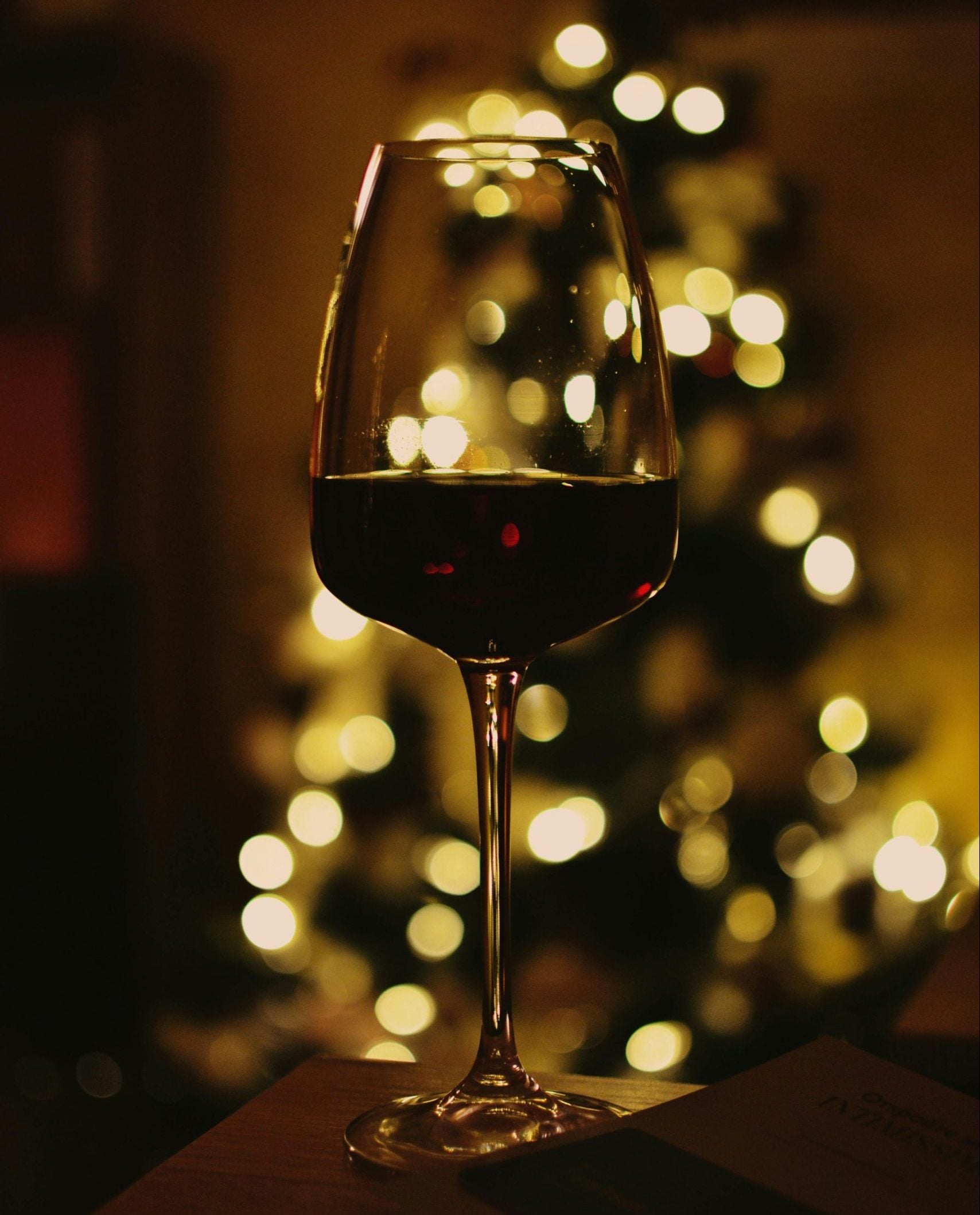 What do sommeliers drink at Christmas?
What do sommeliers drink at Christmas? The alpine hotel where you can enjoy outstanding mountain cuisine
The alpine hotel where you can enjoy outstanding mountain cuisine Io Saturnalia! How to celebrate the festive season like an Ancient Roman
Io Saturnalia! How to celebrate the festive season like an Ancient Roman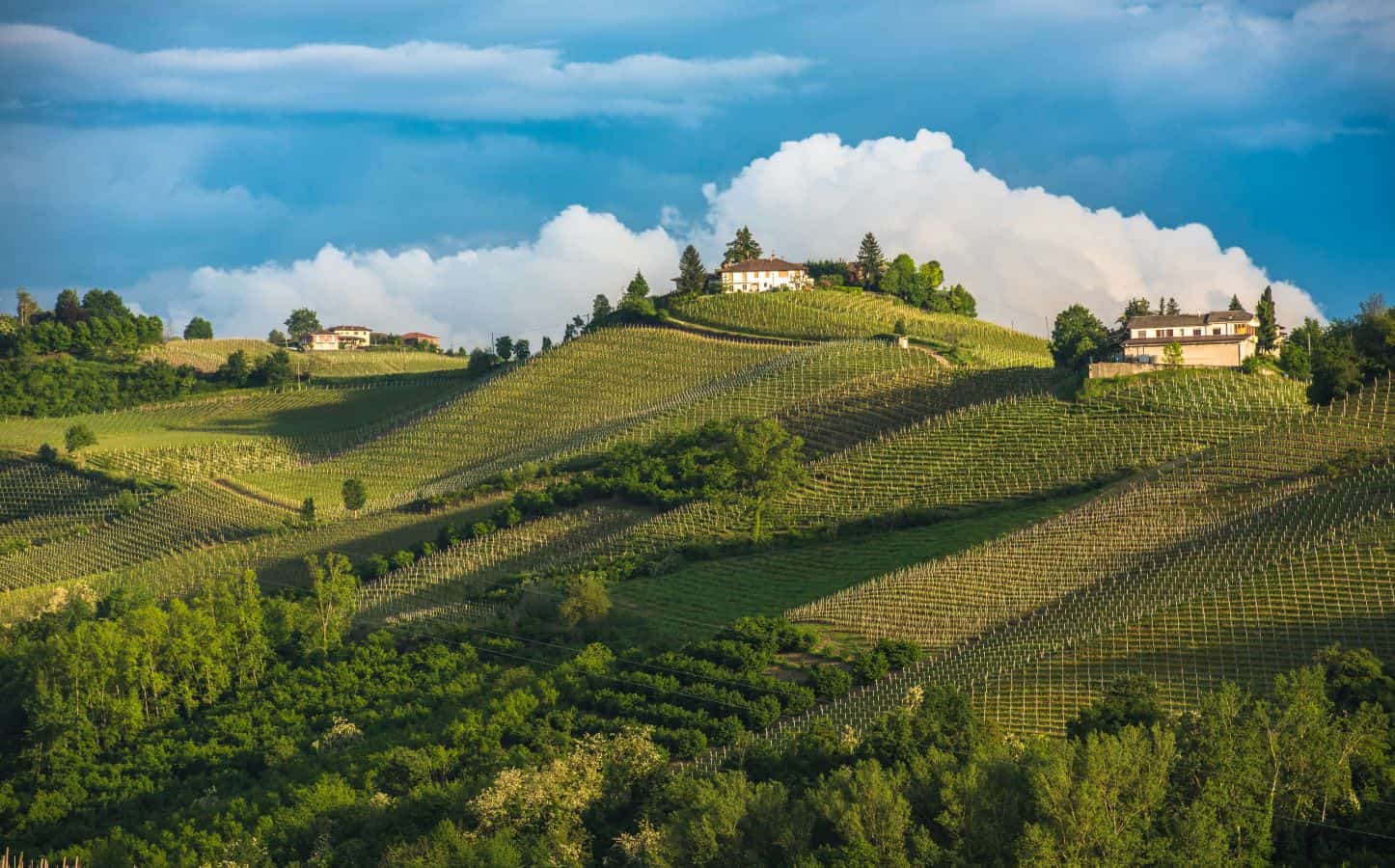 The UNESCO effect: tourism is growing, but there is a risk of losing identity
The UNESCO effect: tourism is growing, but there is a risk of losing identity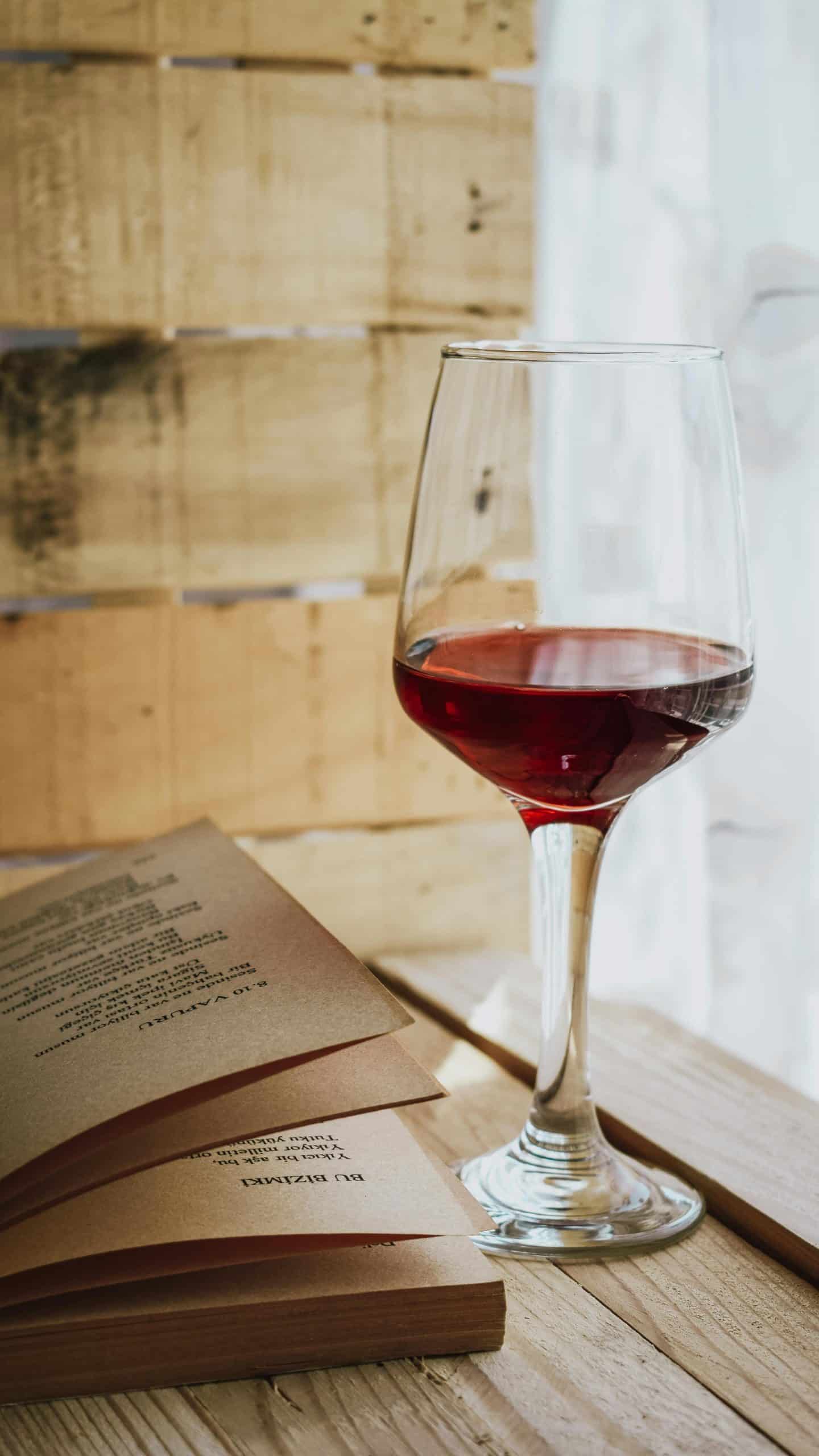 The perfect pairing? Wine and books
The perfect pairing? Wine and books
